The goal of this project is to find out everything about Renaults first generation of in car voice systems from around the mid 1980s.
There is not much english content available on the internet about this system. Lets change that...
---
Some cars can talk. Thats nothing new. But how old is this nifty and/or annoying feature?
If you have a look at https://en.wikipedia.org/wiki/Speech_synthesis you can see that early versions of electronic speech came up around the mid 60s and by the late 70s early 80s it was turned into a one chip solution and was ready for the consumer market.
Texas Instruments (TI) was one of the big players producing those speech synthesizer chips. The "big" product they had was a toy to help children learn languanges or math. They were called "Speak & Spell" or "Speak & Math" and used TIs now famous speech synthesizer. The chips were also used in Arcade machines, calculators, Home Computers and general appliances that had the need to talk. Here is a pretty nice wikipedia article about different versions of the speech synthesizer :
https://en.wikipedia.org/wiki/Texas_Instruments_LPC_Speech_Chips
I know that in america chrysler had the EVA (Electronic Voice Alert) system. A module that used TI speech synthesis to announce faults in a lot of their models. But here in europe huge american cars were not a thing and so we got none of that here...
BUT we have Renault!
More infos see the logs below:
- General information about the Hardware and connections.
- Informations about Partnumbers and chips.
- Example Videos for different languages used.
- More will follow soon...
 BaumInventions
BaumInventions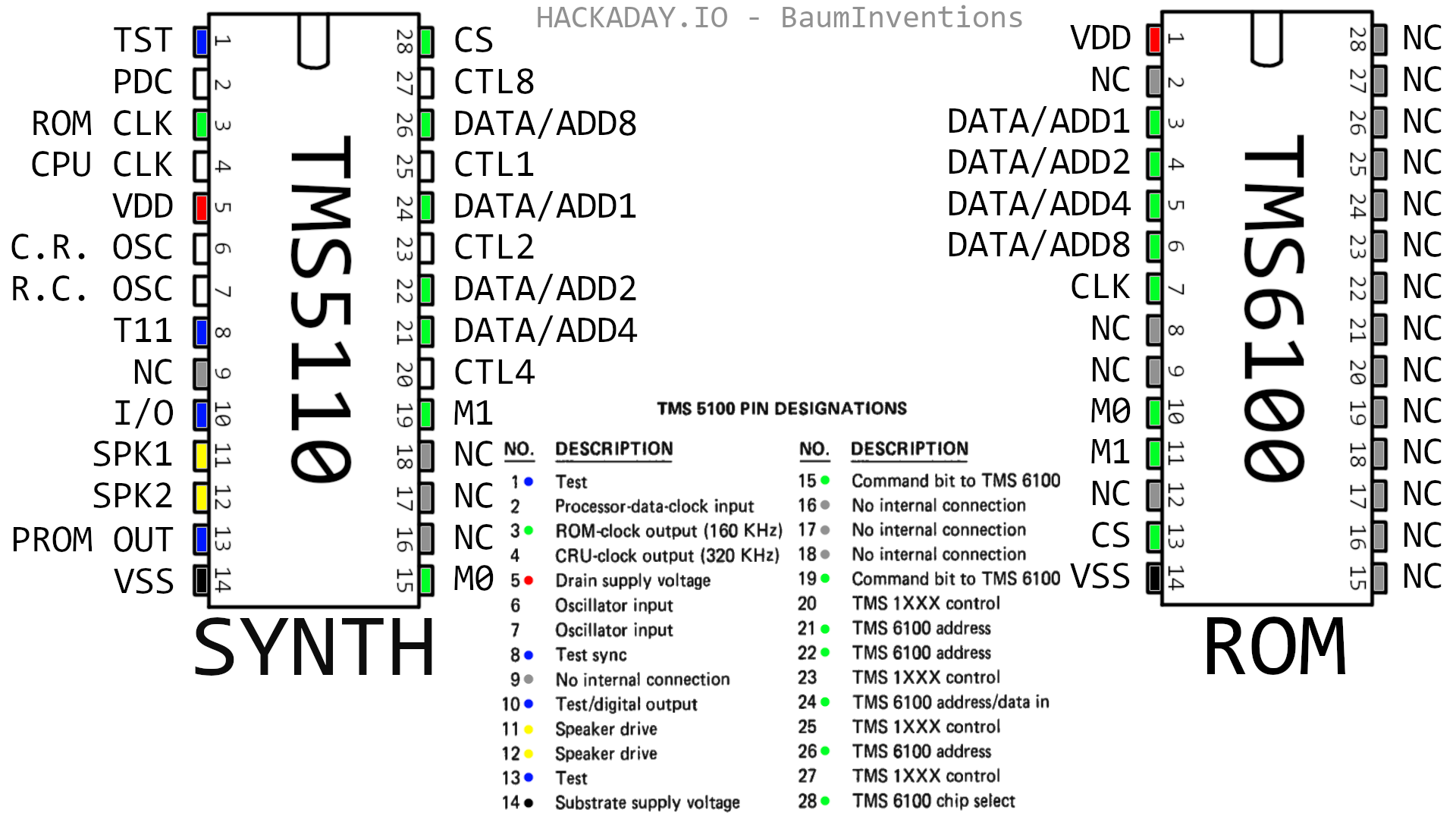
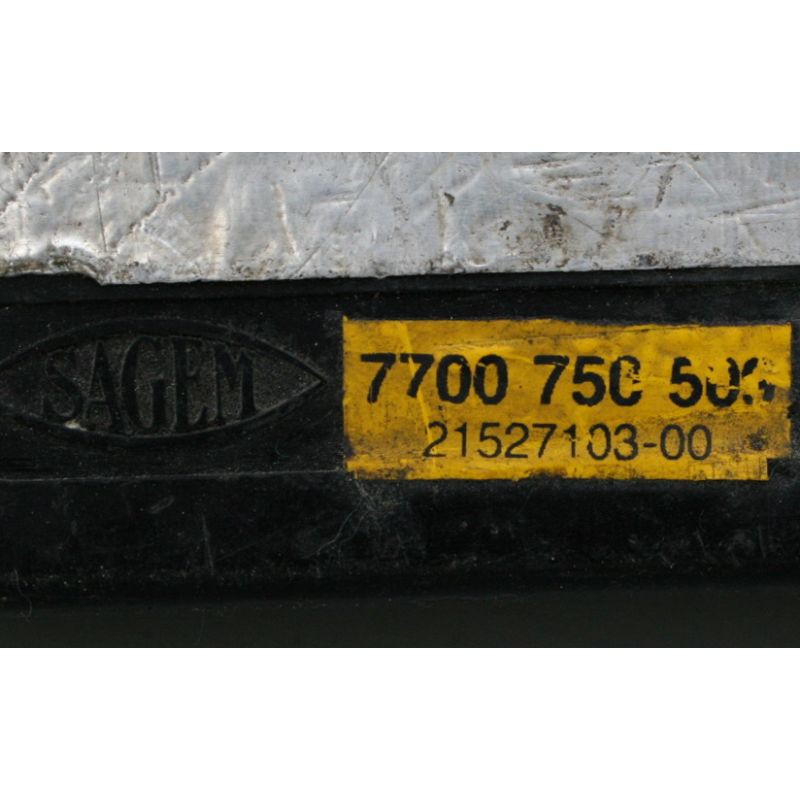
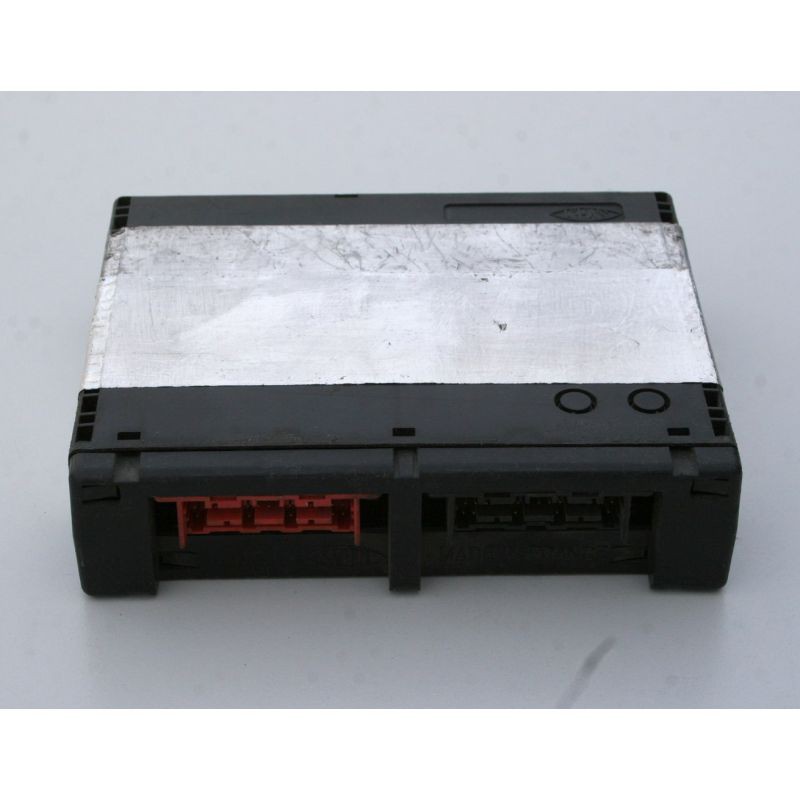



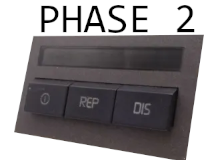


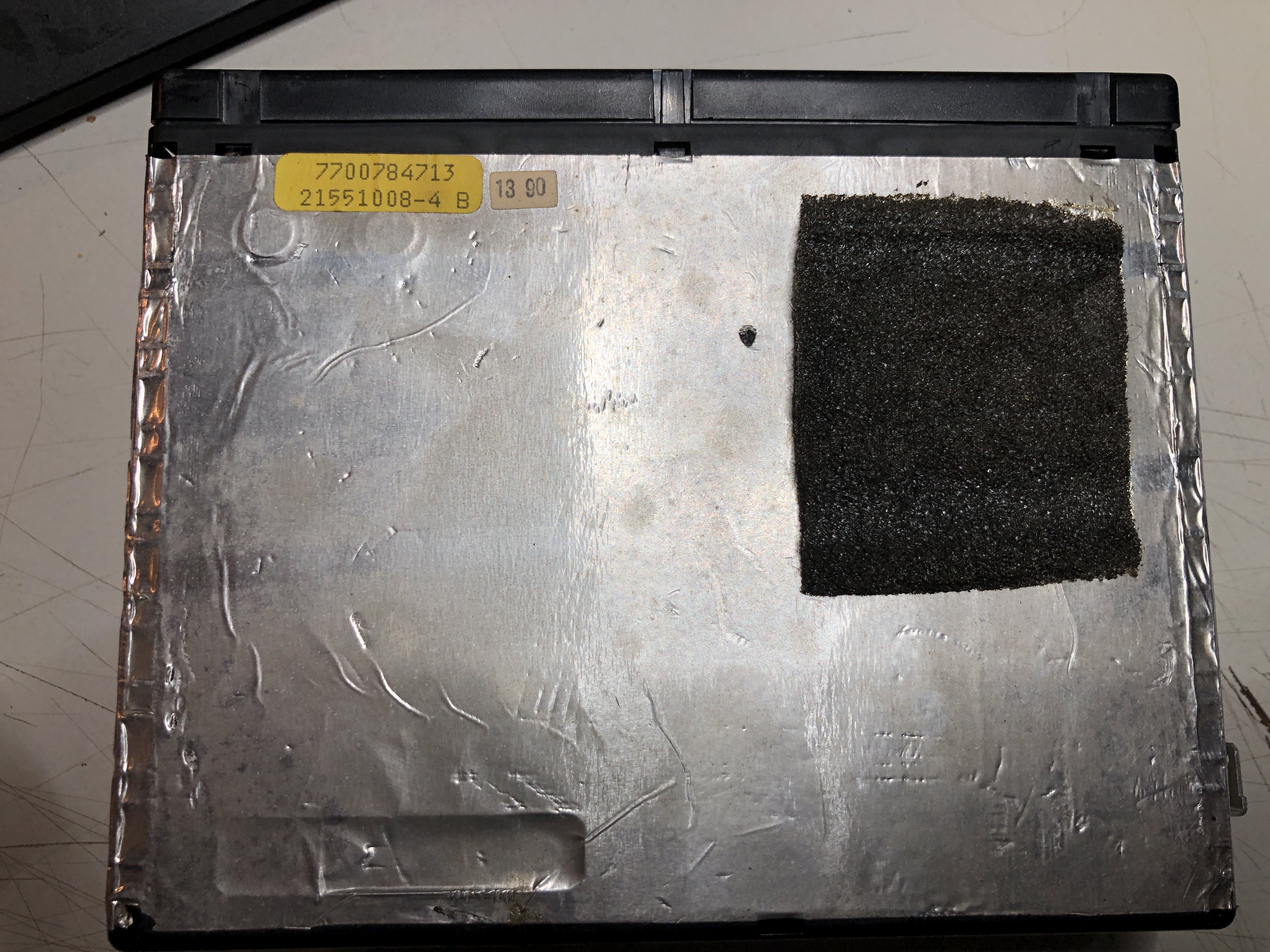
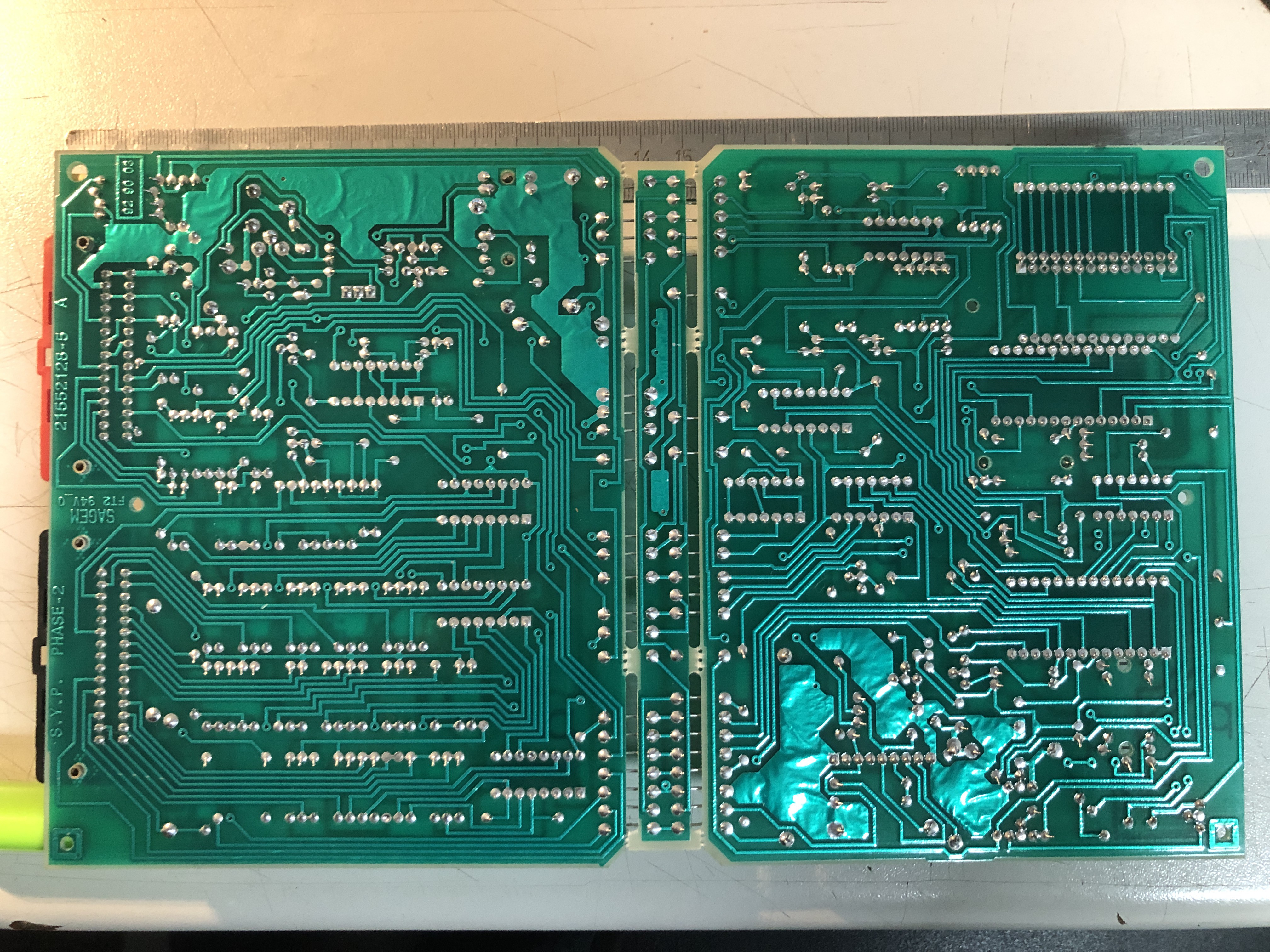
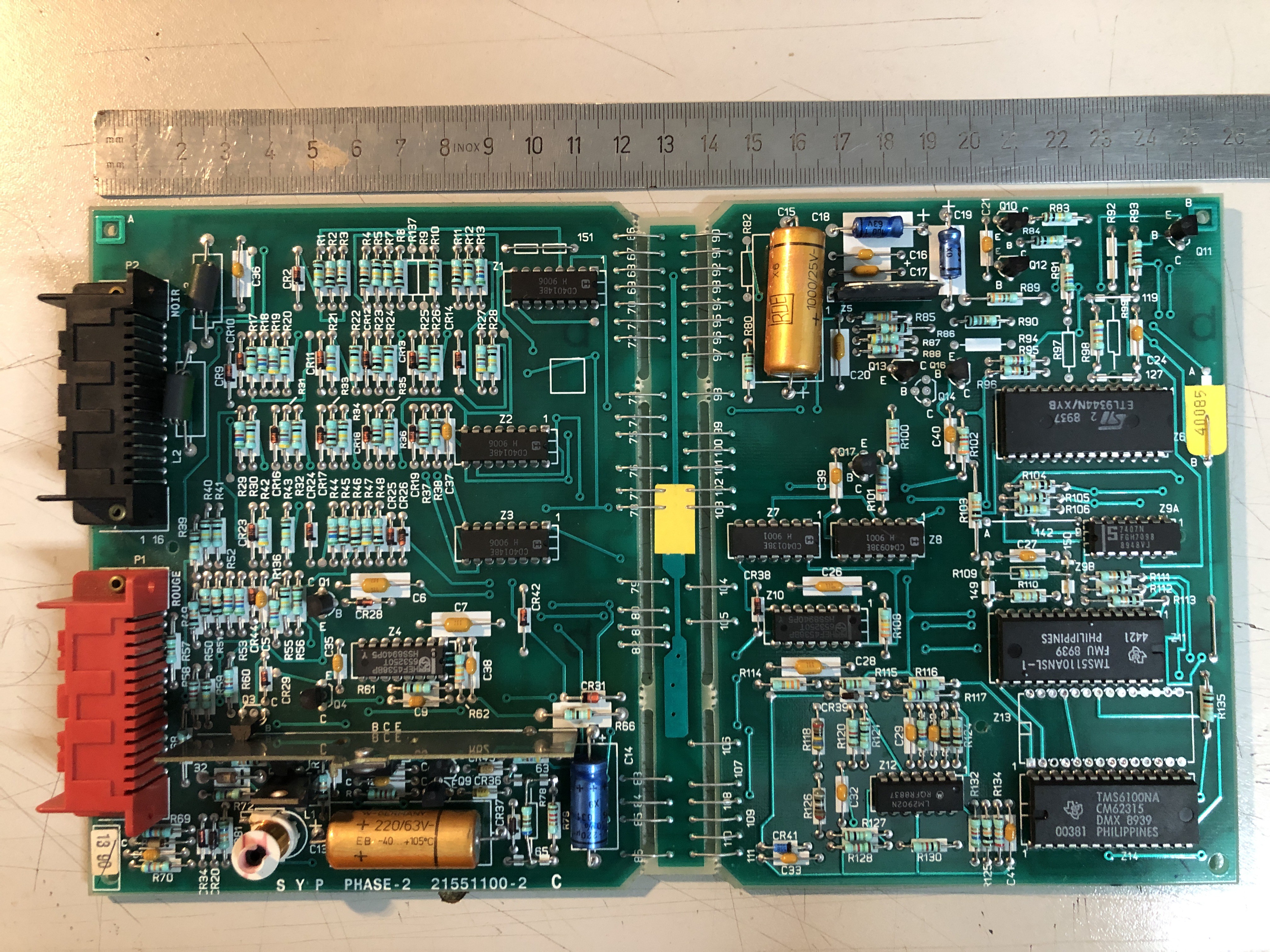

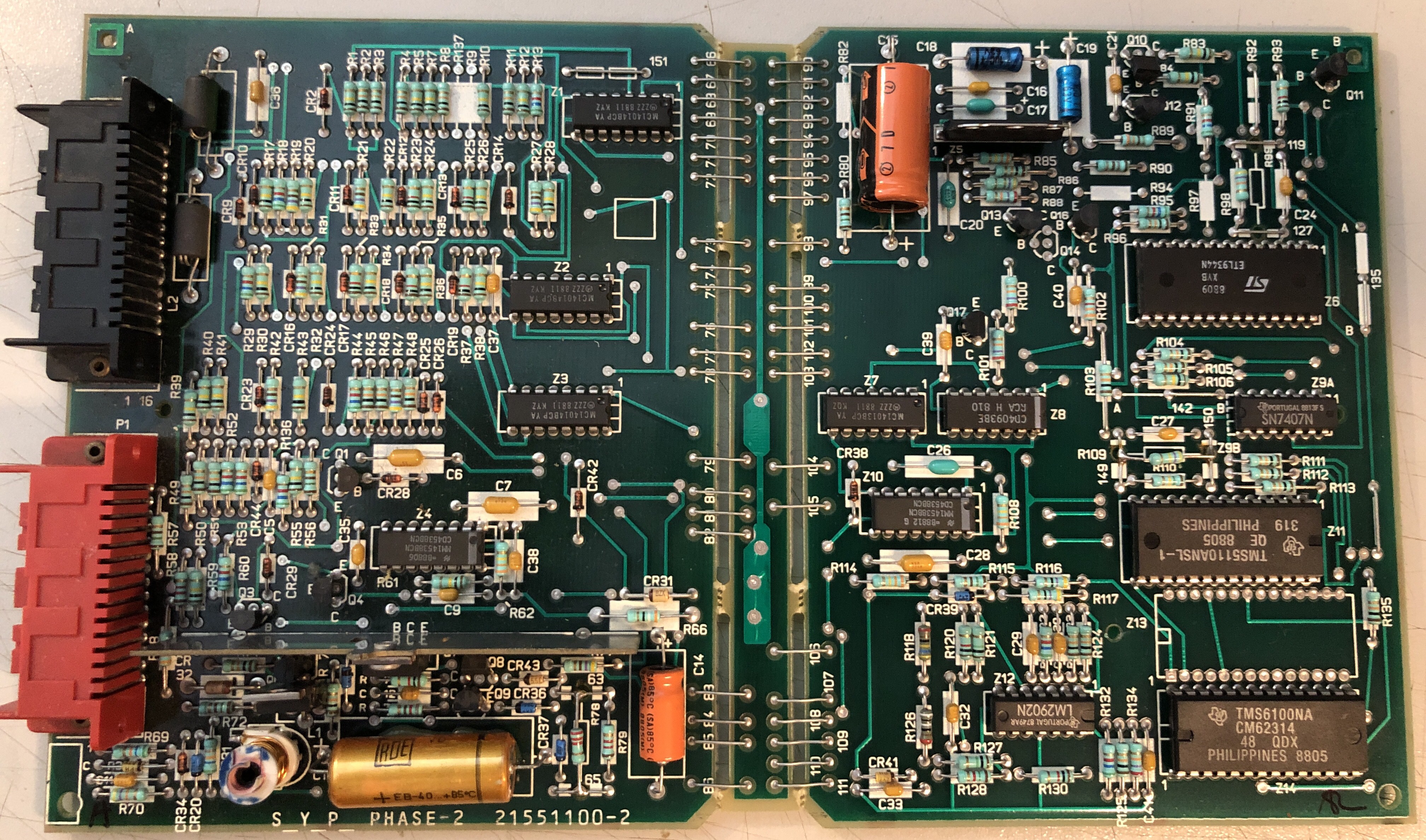
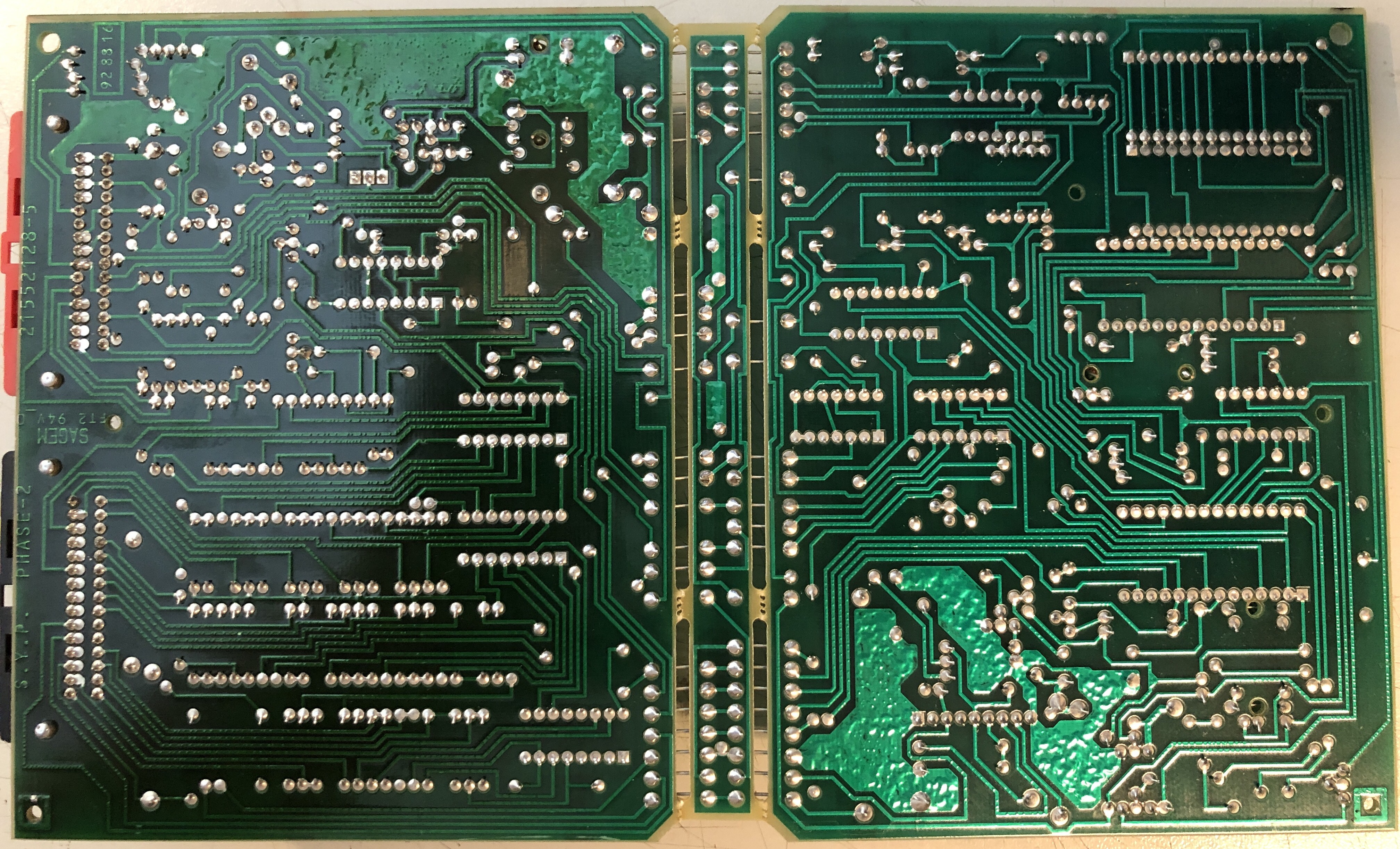
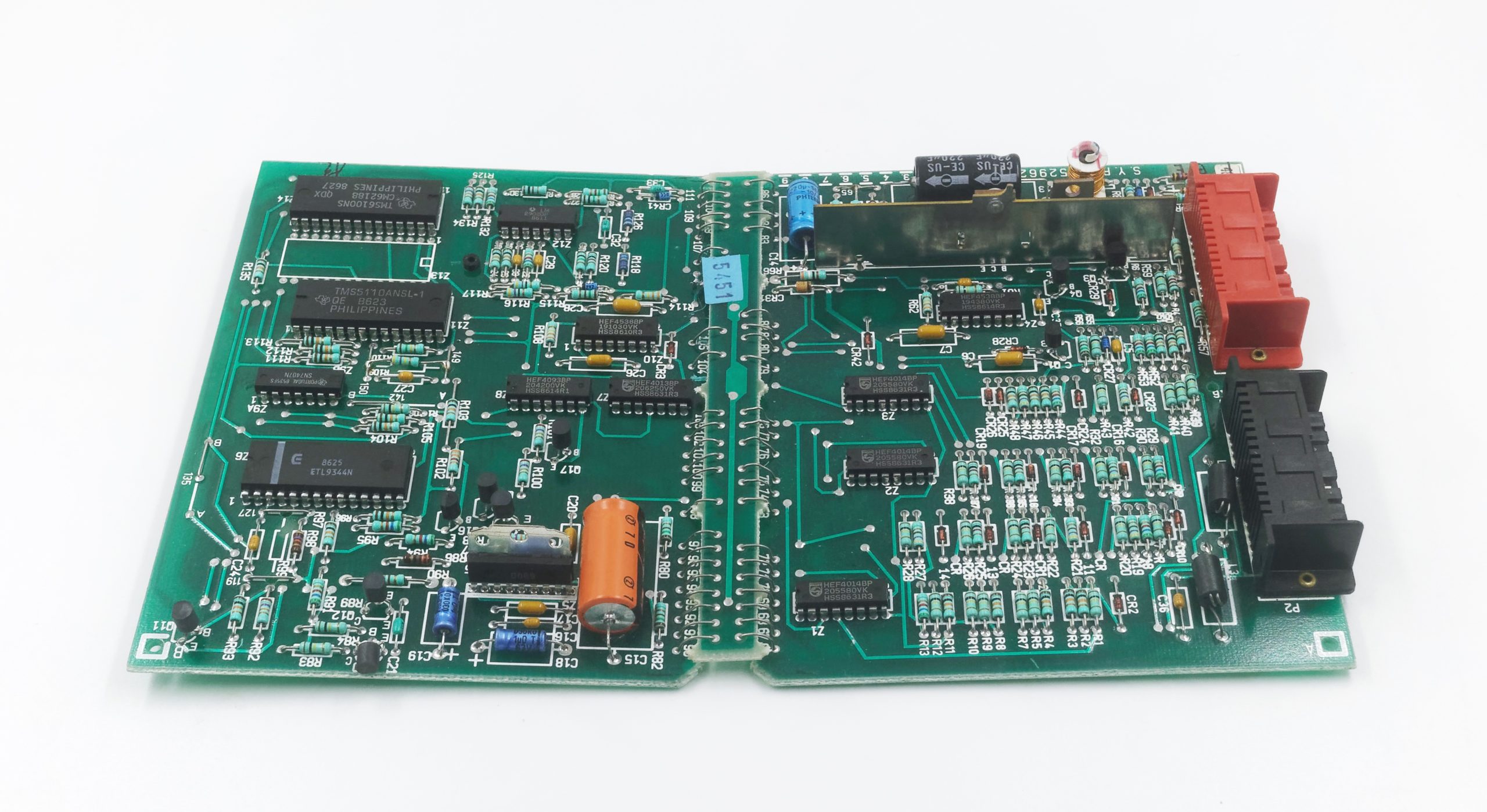
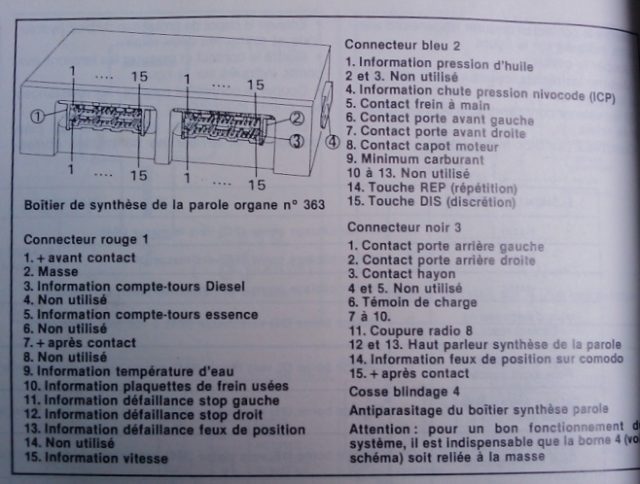
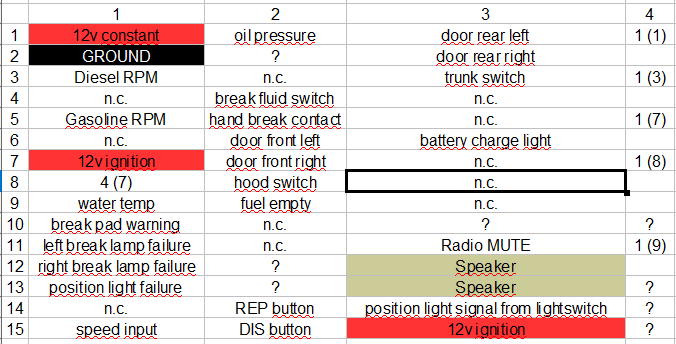
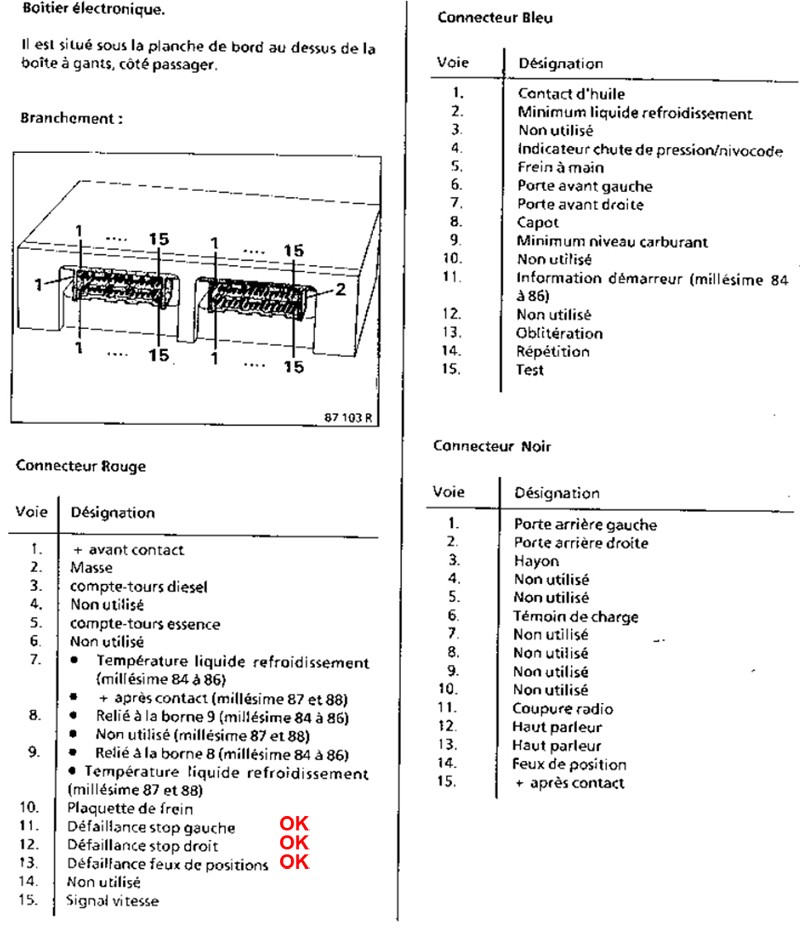

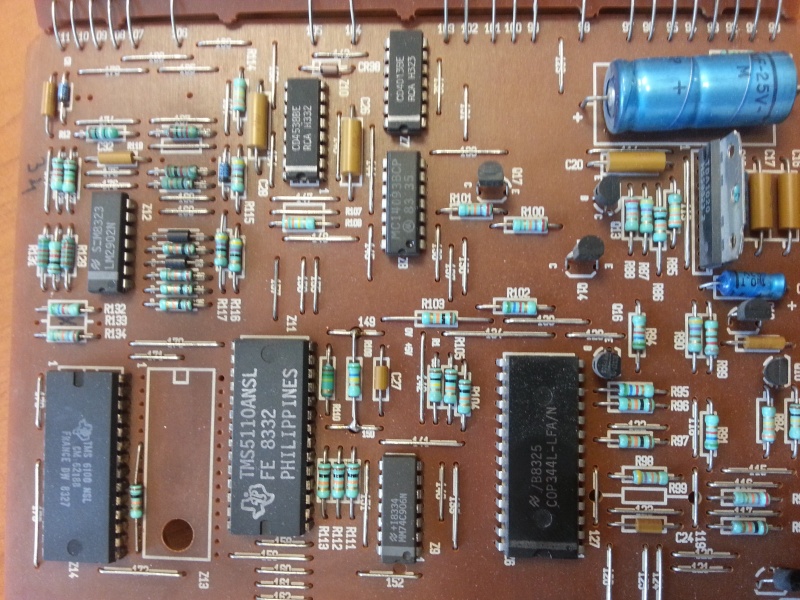 This picture also told me that...
This picture also told me that...

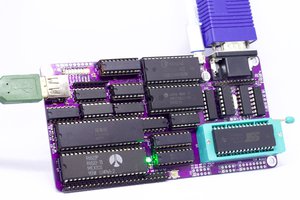
 Anders Nielsen
Anders Nielsen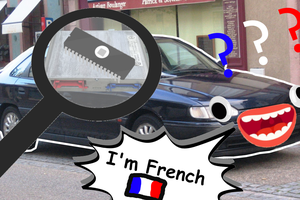
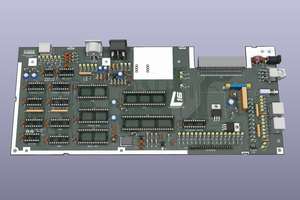
 SukkoPera
SukkoPera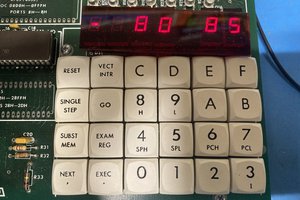
 jimshortz
jimshortz
I had no idea such a thing existed! Thanks for educating me